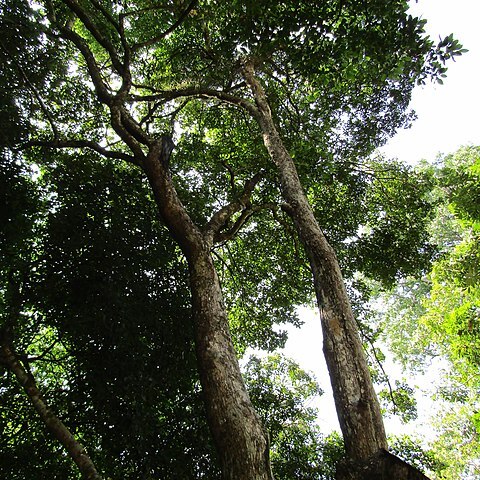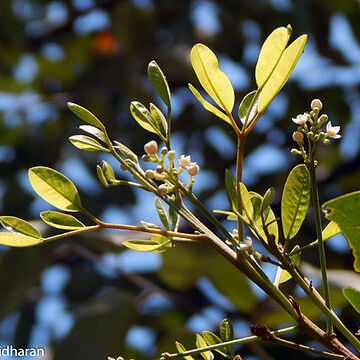Trees, sometimes small. Leaves in spirals, odd-pinnate or occasionally a single leaflet (sometimes in Walsura pinnata); leaflets opposite; petiolule bases inflated and jointlike; leaflet blades abaxially pale, margin entire. Thyrses axillary or subterminal. Flowers bisexual or occasionally only male, small. Calyx short, 5-lobed or with 5 distinct sepals, imbricate in bud. Petals 5, much longer than calyx, distinct, broad and expanding, valvate or imbricate in bud. Stamens 10; filaments flat, broad, usually basally connate into a tube or sometimes distinct, shorter than petals; anthers introrse, inserted on apex or between 2 lobes of filament. Disk annular, fleshy. Ovary short, apical part covered with short hard trichomes, 2-or 3-locular, with 2 ovules per locule, all or only base surrounded by disk; style almost as long as ovary; stigma disciform or conic, tip 2-or 3-cleft. Fruit a berry [rarely a capsule], pubescent, usually 1(or 2)-locular. Seeds 1 or 2 per locule, arillate; endosperm absent; cotyledons connate.


